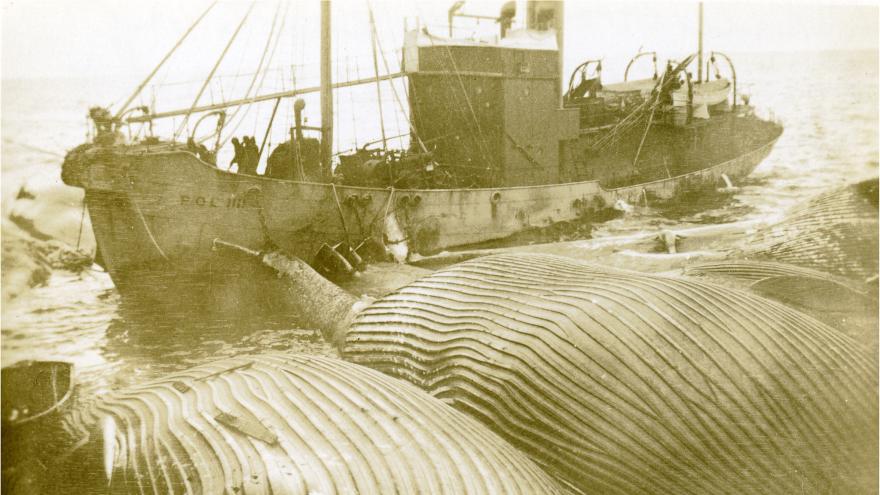
Legacy House Function Room
Rear 159 Macquarie Street
Hobart TAS 7000
Australia
Hobart’s port has witnessed the coming and going of ships to and from the Antarctic and Southern Ocean since Captain Furneaux in 1773 put into Adventure Bay. First sealing and whaling, then science and exploration, and then the industrial slaughter of Antarctica’s great whales in the years between the two world wars; Hobart has been the point of departure and return. A century ago the Norwegian Captain Carl Anton Larsen, the father of Antarctic whaling, wanted to use Macquarie Island as a permanent whaling base but the Tasmanian, and perhaps the Commonwealth Government, put obstacles in his way and the base was built on New Zealand’s Stewart Island. Larsen’s whaling company was replaced by the Polaris Whaling Company, which operated out of Hobart for six years. With the formation of the Australian National Research Expedition (ANARE) in 1947 Australia became a major player in Antarctic affairs and a leader in scientific research in support of the Commonwealth’s objectives for the enormous Australian Antarctic Territory. Hobart’s port became the gateway to Antarctica for seven decades for Australia, France and other nations. The city’s role as the place from which Antarctic research sets out is not to be taken for granted, however, and seems less secure now than at any time in the last 50 years.
Michael Stoddart was born in Lanark, Scotland and attended school in South London. He studied at Aberdeen and Oxford Universities before teaching Zoology at King’s College, London University. In 1985 he took the Chair in Zoology at the University of Tasmania, a position he held until 1994 when he was appointed Deputy Vice-Chancellor at the University of New England in Armidale, NSW. In 1998 he returned to Hobart as Chief Scientist of Australia’s Antarctic program where, among other initiatives, he was responsible for the International Polar Year’s project ‘The Census of Antarctic Marine Life’. In 2008 he was appointed by the University of Tasmania as the first Director of IMAS, where he is currently Professor Emeritus. Since retiring from IMAS he has written two books on Tasmania’s maritime history: Tassie’s Whale Boys (2017) and The Blythe Star Tragedy (2022), both published by Forty South Publishing. He is currently Vice-President of the Maritime Museum of Tasmania.
Image: Polaris Whaling Company catcher POL IIII bringing several blue whale carcasses alongside the factory ship N.T. Nielsen-Alonso for processing in the Ross Sea, 1936. (Maritime Museum of Tasmania, Morrison Collection)